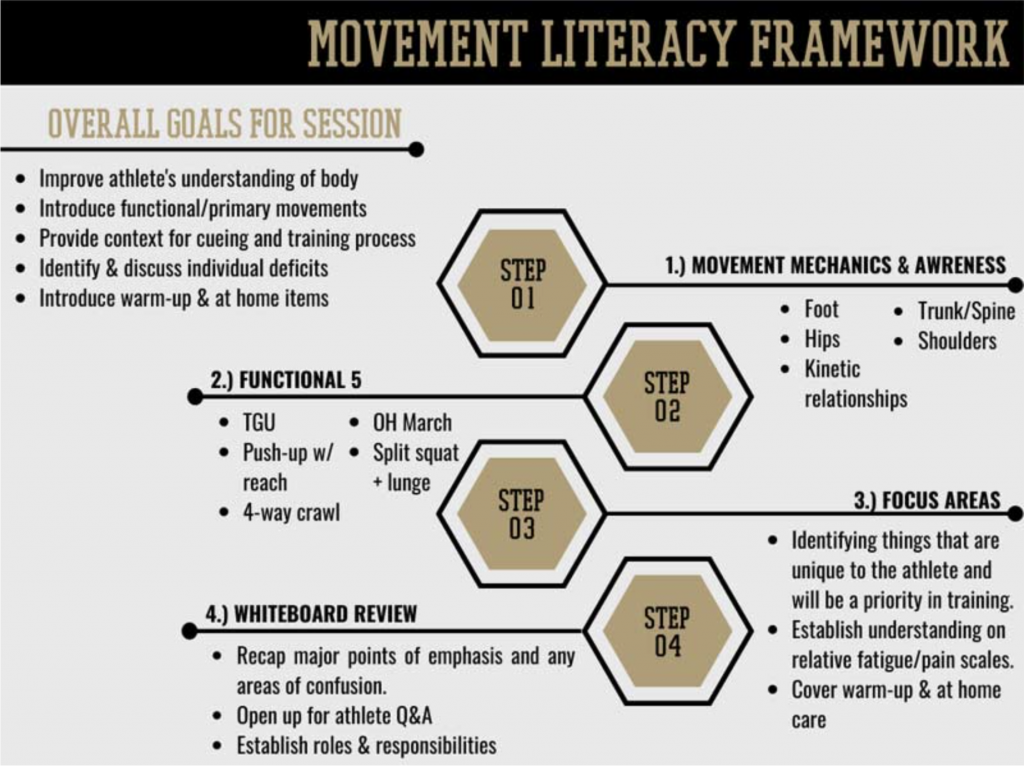For decades now, coaching has been about playing a role similar to a drill sergeant in a military training academy or unit. Coaches behaving like they’re preparing athletes for war, playing an authoritarian role, rather than a trusted guide, advisor, and mentor.
In recent years, many coaches and sports teams and associations have started to see the obvious shortcomings in this approach. Coaching and sports is now entering a transition period.
Rather than working with athletes using intimidation tactics, superiority, and even ritual humiliation, coaches are humanizing their relationship with athletes. This isn’t to say that coaches need to drop structure and professionalism. However, there’s a significant difference between a militaristic approach and one that favors establishing stronger relationships with our athletes.
Taking An Educational Approach to Coaching
Almost every athlete has gone through school and university or college. A higher education is one of the main routes into professional sports.
Teachers and professors play a similar role to coaches. A teacher is meant to teach, instruct, mentor, advise, and inspire. Have you ever been inspired or worked harder if a teacher has screamed at you, demeaned you, or made you feel inferior? Probably not.
The same applies to coaching and sports performance staff. Coaches need to establish and maintain strong professional relationships with athletes, at every level across every sport.
Building strong relationships involve small, soft-skill changes, such as maintaining eye contact. Improving the levels of trust between athletes and coaches. Allowing athletes to get to know you. It doesn’t necessarily mean becoming friends with every athlete on a team, but a certain amount of professional camaraderie and empathy goes a long way.
We will examine other ways coaches can improve relationships with athletes in this article, such as introducing movement literacy, and an athletes understanding of the training process.
Leverage Movement Literacy to Improve Performance and Coaching Relationships
Movement literacy is a useful approach coaches can implement to improve an athlete’s movement awareness and learning how to use their body more effectively.
Coaches can implement this in two sessions: an initial assessment, and then a movement literacy session (around 50 to 60 minutes). These classroom-based training sessions are more effective when coaches can show athlete’s analyzed videos of a player’s movements.
Coaches can use movement literacy sessions as a foundational building block for changes in training and athletic performance sessions. You can also use these sessions to tackle any big ticket movement issues that an athlete is having. Anything that’s holding their performance back in competitive games.
Here are a few ways you can implement movement literacy educational training sessions:
- Introduce primary movements and function patterns
- Provide more context for frequent cues and components of training sessions
- Identify, ideally using annotated and analyzed videos, individual player weaknesses and movement deficits
- Introduce warm-up movement and at-home protocols and training sessions players can do to improve movement patterns
- Ensure an athlete has a chance to voice their questions, concerns, and movement pattern priorities. This can be a collaborative learning and training environment.
If you want to improve athlete relationships you need to be clear with them. Being clear on what’s needed is a form of kindness, as opposed to a more militaristic way of training them. Being clear and kind are two of the best ways to improve relationships with athletes.
Below is a framework coaches can use for movement literacy training sessions.
To begin with, you need to give athletes practical awareness of movement mechanics (not graduate level anatomy):
- Mechanics of the foot
- How the hips move
- Trunk & spine
- Mechanics of the shoulder
- Basic kinetic relationships
Next, coaches need to address 5 functional areas of patterns and movements:
All of these training approaches come from Danny Foley, a high-performance coach and Co-founder of Rude Rock Strength and Conditioning. Before re-entering the sports performance world, Danny spent the previous six years as the head strength and conditioning coach at Virginia High Performance, where he specialized in working with Special Operations Command (Naval Special Warfare Development Group) personnel. Danny has become very proficient working with complex injuries and high performing athletes within an interdisciplinary setting.
Improving Training Relationships
Movement literacy and training relationships are interconnected. One supports and will help to improve the other.
In these movement literacy sessions, coaches can collaborate with players. Address issues they’ve got with an athlete’s movement patterns, while at the same time, understand concerns players are having. You can work together to improve movement and performance.
Too many athlete’s see training as either an obligatory chore or at worse, a form of punishment. As a coach, you should want to shift their perception of training, from something they have to do — but don’t enjoy — to an opportunity that will consistently improve their performance and outcomes in competitive games. Improving your relationship with players is one of the best ways to ensure more of them enjoy and thrive in training sessions.
Would your team, club, youth association, or sports association benefit from XPS and its wide range of features? Contact XPS Network if you want to find out more, or Sign-up for a Free Trial today.
